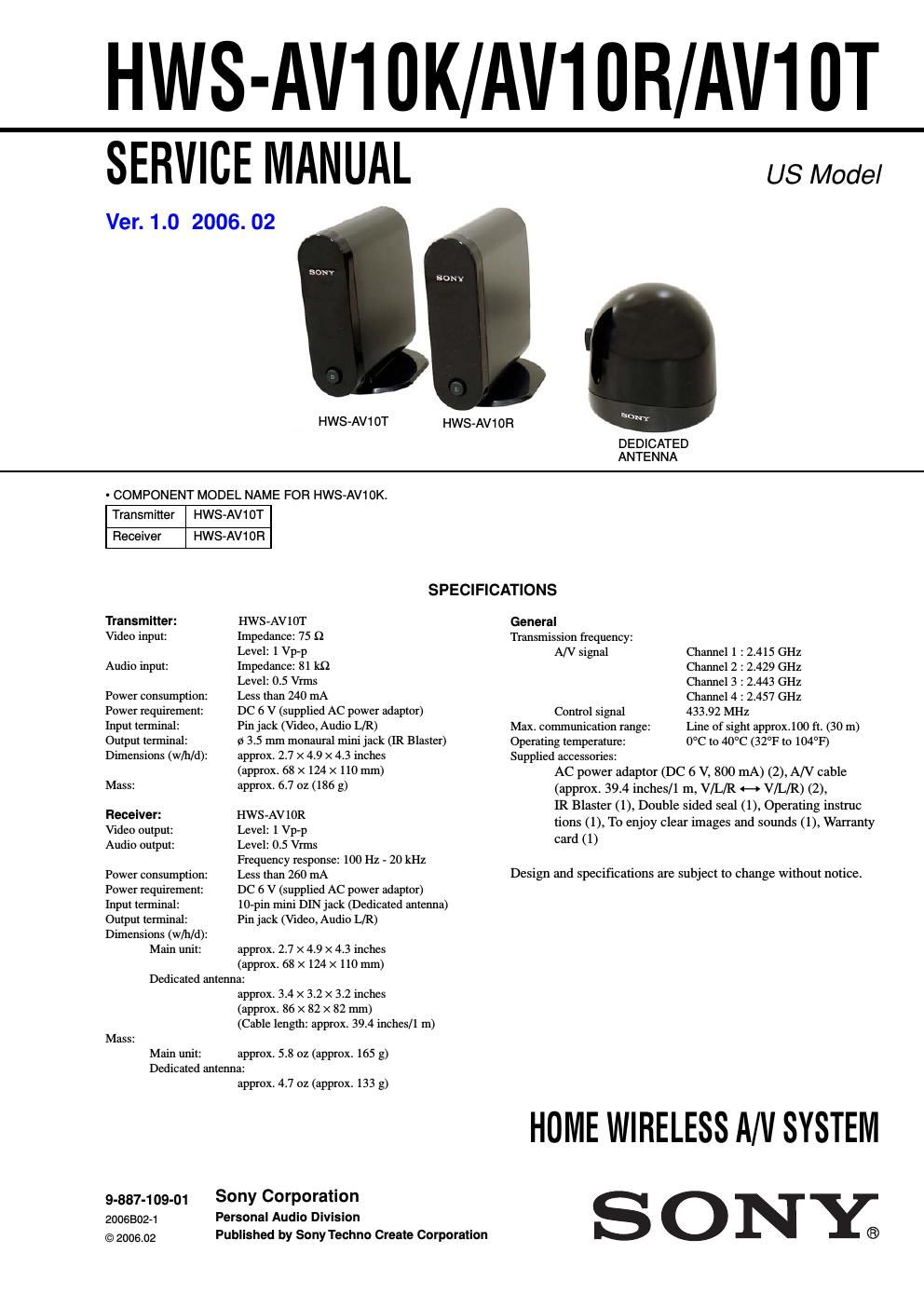Sony hwsav 10 k service manual
This is the 18 pages manual for sony hwsav 10 k service manual.
Read or download the pdf for free. If you want to contribute, please upload pdfs to audioservicemanuals.wetransfer.com.
Page: 1 / 18
